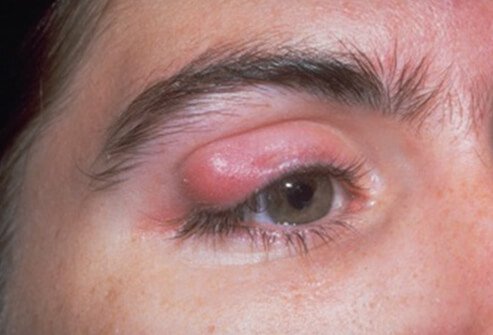
Many people are asking about the most common eye diseases so in this post of mine, I will give you complete information such as how you can prevent them, their symptoms and their remedies for the number of eye diseases found in the human being.
Eyes are very important and the complex organ of our body. There are the number of eye problems you may face or are going through, some of which can be cured by their own along with the time or some can be easily treated at home and the complex one needs an ophthalmologist’s care.
You may face strain or redness in your eyes, or you can hardly see at night or your vision is not as normal as it used to be or your eyes are not properly lined up etc. are most common eye diseases and you must be serious about any issue related to your eyes and should check by an ophthalmologist.
Here, I am sharing details of some common eye problems so that you could easily relate to them.
Common eye diseases – symptom & treatment
1. Glaucoma
It is one of the dangerous eye diseases as in early phases, it does not show any symptoms and by the time it may cause vision loss. It is not due to a single problem in your eye but causes due to the number of eye problems that increase intraocular pressure in your eye. This increment in the pressure may damage the optic nerve, responsible for sending signals from the retina of the eyes to the brain.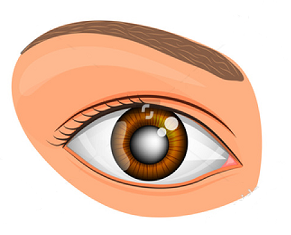
Two types of Glaucoma can be found in your eyes:
- Open- Angle: Usually painless
- Angle-Closure: can cause pain and redness in your eyes.
Symptoms
- Your vision may blur
- headaches
- pain and redness in your eyes
- sickness or vomiting
- You may see multi-coloured halos that disturb your vision
Prevention and Remedies
The damage caused by Glaucoma is permanent and these could not be reversed but if early diagnosed, its progression can be prevented by using
- Eye drops: helps to decrease the intraocular pressure in your eye by improving the drainage of the fluid in your eyes and by decreasing the amount of fluid develop in your eyes.
- Oral Medications: if eye drops alone couldn’t work, oral medications such as carbonic anhydrase inhibitor is given to the Glaucoma patients. Side effects of the oral medication include tingling in your fingers and toes, stomach upset, depression, frequent urination, the formation of kidney stones.
- Laser treatments or surgery: Possible complications with laser treatments or surgery include abnormally high or low pressure, pain, bleeding and loss of vision etc.
2. Cataracts
Cataracts, a condition of clouding of the eye’s natural lens, is the most commonly found eye disease over the age of 40 that may cause vision loss. This disease is so common that almost 90% of people experience cataracts at some point in their life.
According to a report by Prevent Blindness America (PBA), there are more than 22 million cataract cases found in America and more than 30 million are expected to have cataracts by 2020.
Types of Cataracts:
- Subcapsular cataract occurs at the back of the lens
- Nuclear cataract occurs in the central zone of the lens
- Cortical cataract occurs in the periphery of the lens
Symptoms of Cataracts:
- Hazy, Blurred vision
- Colours may not appear bright to you.
- Poor night vision
- Bright lights may cause more glare than before
Prevention:
- Cataracts can be prevented by taking highly Vitamin-E rich diet and the carotenoids such as lutein and zeaxanthin available in the food or supplements. Natural sources of Vitamin E are Sunflower seeds, spinach, almonds etc.Natural sources of carotenoids are green leafy vegetables, spinach, kale etc.
- Food rich in Vitamin C and Omega-3 fatty acids also lowers the risk of cataracts.
- Use protective sunglasses while going outdoors to prevent direct exposure to UV rays.
Remedies:
- Cataract surgery is the best way of restoring vision. In this surgery, the natural lens of the eye is replaced with a clear plastic intraocular lens. This Lens Exchange Surgery is very quick, successful and the painless approach that can be done in less than 30 minutes.
3. Conjunctivitis
Conjunctivitis usually called as “Pink Eye” is the most common and easily treated eye problem and can be prevented by taking a few and simple precautions.
Conjunctivitis is the inflammation of the clear covering of the eyes and inside the eyelids (conjunctiva), commonly caused by viral or bacterial infections or due to any irritants including pollutants, chemicals or allergens. It is a contagious disease that’s why it spread very easily from one to other.
- Viral Conjunctivitis: do not require any treatment with antibiotics.
- Bacterial Conjunctivitis: need antibiotics or ointment treatment prescribed by the doctor.
- Allergic Conjunctivitis: happens due to some eye irritants among susceptible individuals.
Symptoms:
- Appearance of pink color in the eyes.
- Viral Conjunctivitis Symptoms: Sensitive to light; Watery, itchy eyes
- Bacterial Conjunctivitis Symptoms: Crusty discharge yellow or greenish yellow in color from the corner of the eye that make your eyelids stick together and make it difficult to open.
- Allergic Conjunctivitis Symptoms: Watery, burning, itchy eyes; sensitive to light; Stuffiness and running nose.
Remedies:
Viral Conjunctivitis:
- Do not need any medical treatment and be cured by its own after a period of several days.
- To relieve the symptoms, a cold and wet cloth can be applied to the eyes but make sure nobody use the same towel as viral conjunctivitis is a highly contagious disease.
Bacterial Conjunctivitis: Need antibiotic ointment or eye drops to treat it prescribed by the ophthalmologist.
Allergic Conjunctivitis can be cured by some allergic medications given by the doctor.
Prevention:
- Avoid sharing personal items such as handkerchief, towels.
- Avoid touching or rubbing your eyes with dirty hands.
- Never share your contact lens with your near and dear ones.
- Keep your hands clean.
- Use Antiseptic cleaner to clean your phones, faucet handles, and countertops.
- Use swim goggles while swimming to avoid any bacterial infections from the water.
Tips: If your child is suffering from viral or bacterial conjunctivitis which are highly contagious,keep your child at home.
4. Macular Degeneration
Macular Degeneration also known as Age Related Macular Degeneration which generally happened after the age of 60 years, progressively destroy the macula of the eyes i.e. the central portion of the retina which helps to focus and may cause blurred or no vision. It only affects the central portion of the eyes that’s why it rarely cause total blindness.
Two types of Macular Degeneration are:
- Wet
- Dry
Symptoms of AMD:
Dry AMD
- Blurred vision
- Affected person need more light to read
- Blurred spot in the centre portion of the retina
Wet AMD
- Wavy or curving appearance of straight lines
Treatment for Dry AMD: At present, there is no treatment available to treat Dry AMD but a healthy lifestyle and a diet of antioxidants-rich Vitamins can help to slow down the progression of Dry AMD. Injections of anti-angiogenic agents are also used to slow down the Dry AMD.
Treatment for Wet AMD: There is no permanent treatment available for wet AMD. However, Laser surgery, photo dynamics therapy are used to treat Wet AMD. Some injections are also available to treat wet AMD somehow.
Prevention:
- Regular Eye check-ups so that any AMD whether it is wet or dry can be diagnosed in early stage.
- Include more fruits and vegetable in your diet.
- Use healthy unsaturated fats i.e. olive oil and avoid unhealthy unsaturated fats.
- Include whole grains by replacing refined grains in your diet
- Take Omega-3 fatty acids-rich diet such as fish.
- Do exercise regularly and avoid smoking
5. Stye:
Stye is an acute infection found in the secretary glands of the eyelids. Bacteria can enter in your eyes and can infect the oil gland present in the both upper and lower eyelids. It can cause lump outward or inward and this lump disappear itself when the opening of the oil gland is relieved.
Symptoms:
- One or more lump with a whitish or yellowish spot appears on the eyelid
- Inflammation
- Pain
- Redness of the eyelid
- Blurred vision
- Scratchy sensation
Prevention:
Stye causes due to infection in the oil glands present in the eyelids. To prevent it follow:
- Remove your eye makeup properly
- Check the expiry date and the ingredients of eye cosmetics before use.
- Clean your eyes properly by washing it with clear water
- Avoid frequently touching your eyes
Treatments:
- Pain medications
- Antibiotics
- Surgery in severe cases
6. Red Eye:
Red eye is a very general term used to describe the eye problem in which you may find your eyes to be red due to broken blood vessel on the white part of the eye, sclera.
Symptoms:
- Itchy eyes
- Inflammation
- Tearing
Prevention:
- Maintain the hygiene of your eyes.
- Consult your ophthalmologist if problem exists for long hours.
Hope you know aware about few Common eye diseases, their symptoms and treatment. so never take any of the eye problems easy. If any of the above mentioned problem persists for more than a week, consult your eye doctor for the exact treatment. They may look as the most common eye diseases but could cause blindness in severe cases.

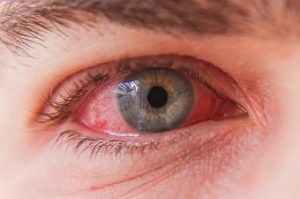
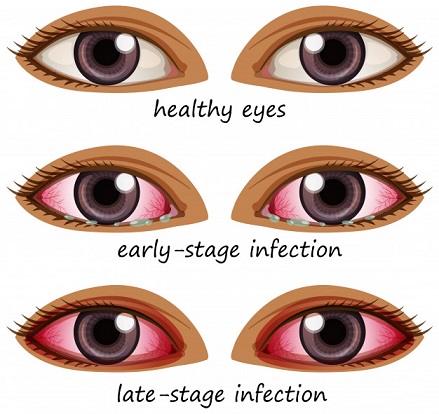
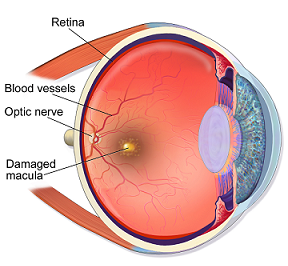
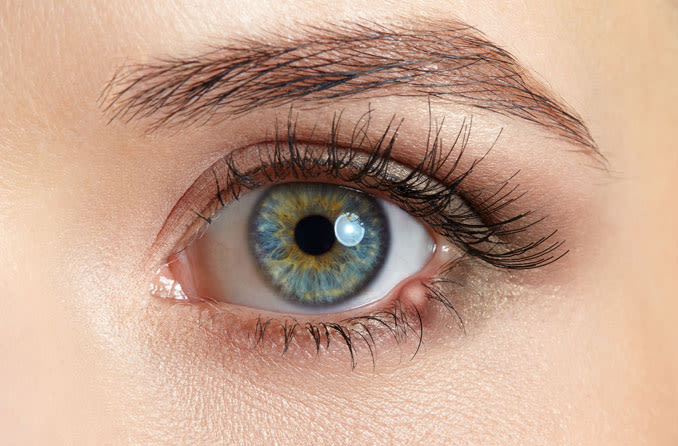
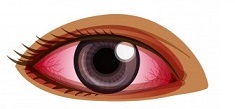
Leave a Reply